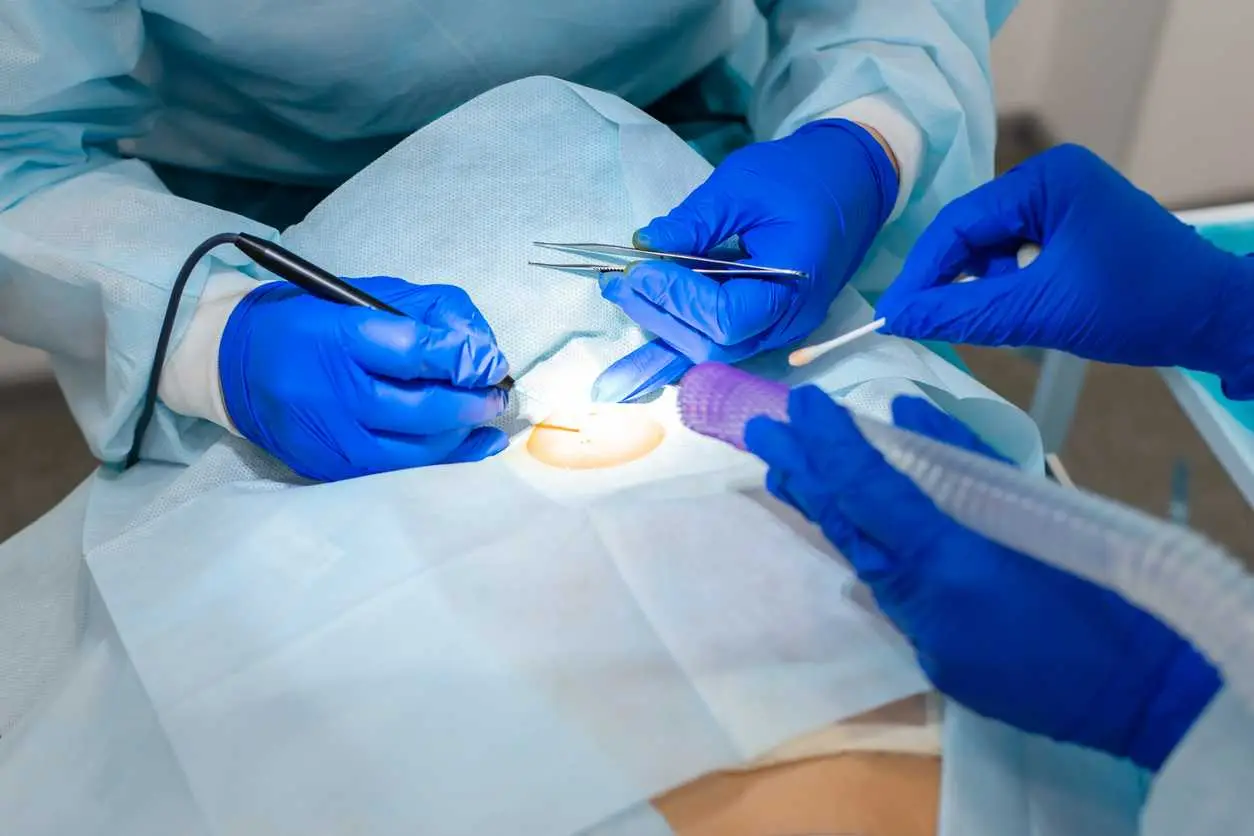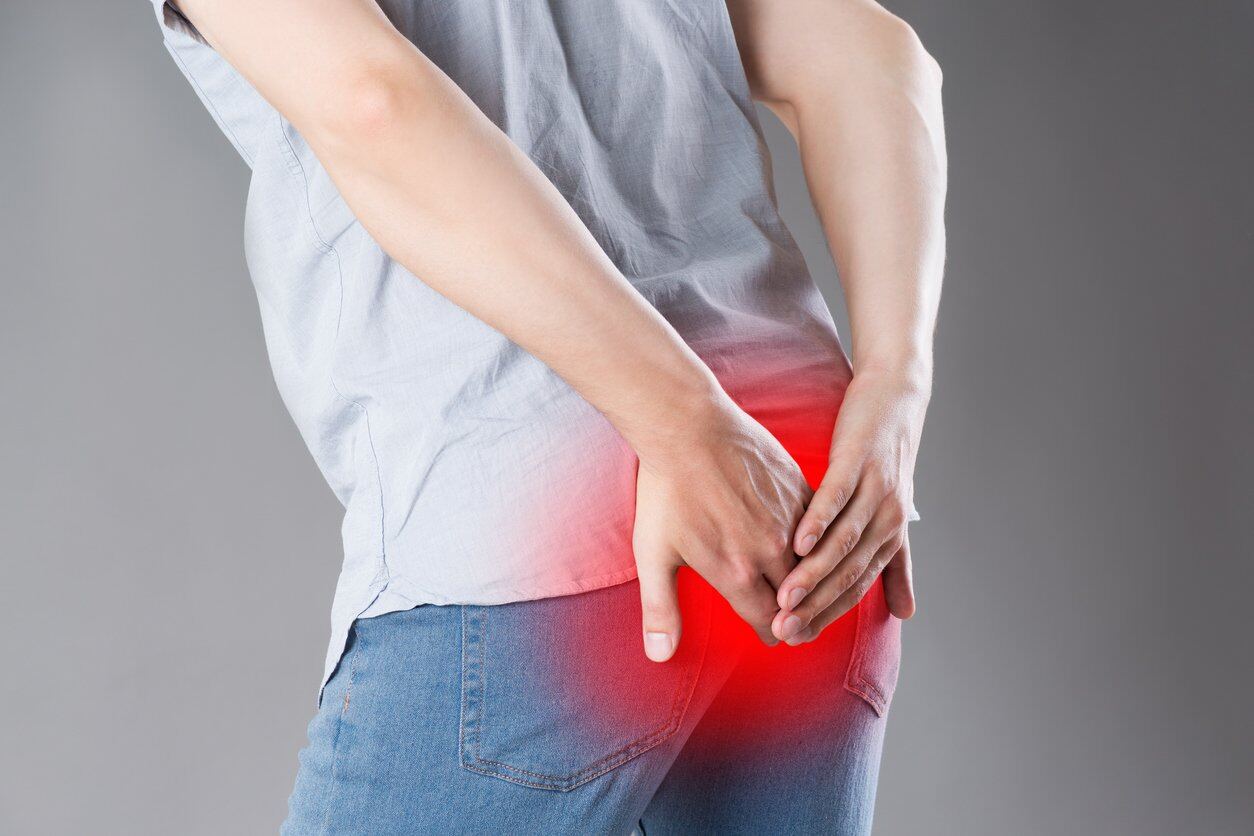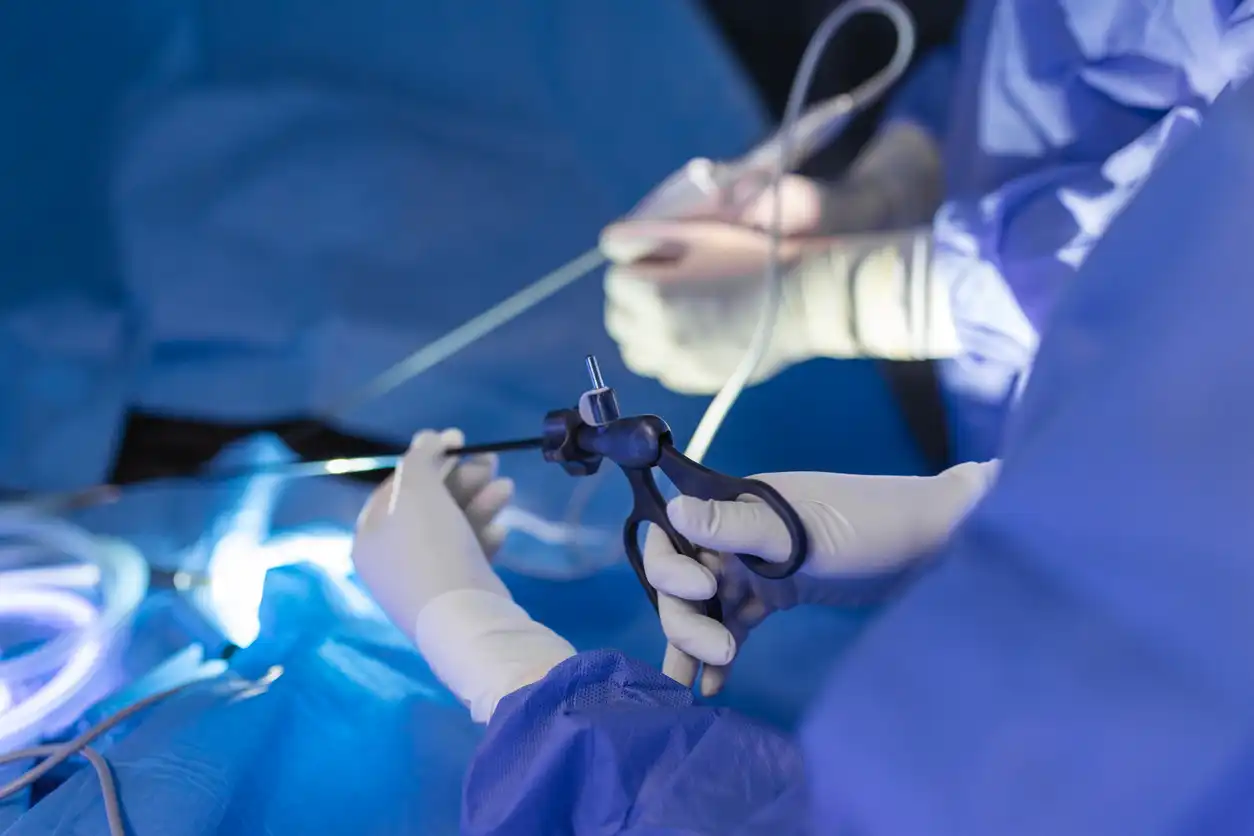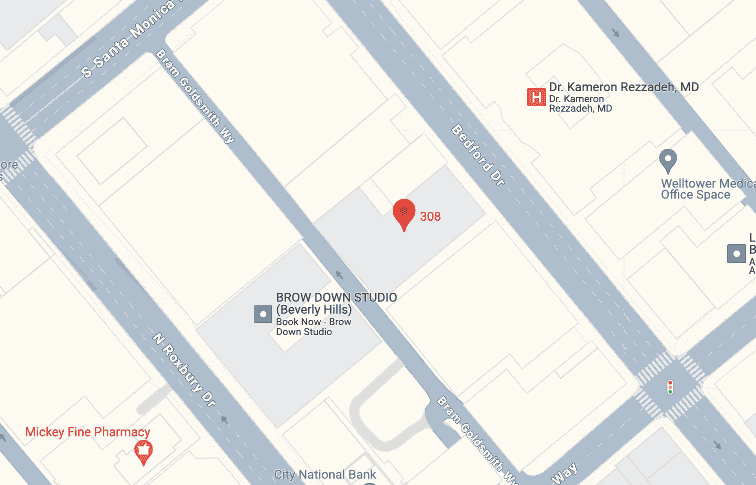If you think you have a pilonidal cyst, you may be wondering, “where can I get a pilonidal cyst removed?” Pilonidal cysts can be unpleasant and inconvenient, necessitating medical attention to resolve. These cysts are most commonly found near the tailbone and can cause pain, irritation, and even infection. However, with the correct information and precautions, you can dramatically lower your chances of having a pilonidal cyst. Pilonidal Experts will walk you through effective prevention techniques, as well as where to obtain professional treatment for pilonidal cyst removal, in this post.
Understanding Pilonidal Cysts
A pilonidal cyst is a fluid-filled sac that forms in the crease between the buttocks, near the tailbone. It is often caused by ingrown hairs, which induce irritation and the formation of a cyst. Pilonidal cysts are more common in young men and people who sit for lengthy periods of time or have high perspiration in the area.
Prevention Tips for Pilonidal Cysts
Maintain Proper Hygiene:
Clean the area around the tailbone on a regular basis with mild soap and warm water.
After washing, gently pat dry the area to eliminate excess moisture, which might stimulate bacterial growth.
Promote Hair-Free Skin:
To reduce the chances of ingrown hairs, keep the region clean and hair-free.
Consider shaving, waxing, or laser hair removal as a hair removal method that works for you.
Tweezing or plucking hairs should be avoided because it can cause discomfort and lead to the formation of a cyst.
Avoid Prolonged Sitting:
If your job or daily routine requires you to sit for long periods of time, take frequent rests.
Regular mobility minimizes the incidence of cyst formation and helps prevent excessive pressure on the tailbone.
Wear Loose-Fitting Clothing:
Choose breathable, loose-fitting underwear and apparel to reduce friction and increase airflow in the buttocks.
Avoid wearing clothes that is too tight, as this might trap moisture and increase the likelihood of pilonidal cysts.
Maintain a Healthy Weight:
Excess weight can increase the risk of cyst formation by putting additional pressure on the tailbone area.
Maintain a healthy weight and engage in regular physical activity to lower the chance of pilonidal cysts.
Seeking Professional Help: Pilonidal Cyst Removal Options
If you have pilonidal cyst symptoms or need professional help, it is critical that you see a healthcare expert or a specialist. Here are some common pilonidal cyst removal options:
General Practitioner:
- To begin, make an appointment with your primary care provider.
- They can assess your condition, provide initial therapy, and, if necessary, recommend you to a specialist.
Dermatologist:
- Dermatologists are experts in the diagnosis and treatment of skin disorders such as pilonidal cysts.
- They may recommend emptying the cyst, providing antibiotics, or referring you to a surgeon for more sophisticated operations.
Colorectal Surgeon:
- Colorectal surgeons specialize in the treatment of disorders involving the colon, rectum, and anus.
- In more severe or recurring occurrences, they may propose surgical techniques to eliminate the cyst, such as cyst excision or laser ablation.
Pilonidal Cyst Specialists:
- Pilonidal cyst experts are medical practitioners that specialize in the diagnosis and treatment of pilonidal cysts.
- They have significant experience managing this problem and may offer specific procedures, such as minimally invasive cyst removal techniques.
Considerations: Pilonidal Cyst Surgery Cost and Accessibility
When it comes to getting expert aid for pilonidal cyst treatment and removal, pricing and accessibility are crucial variables to consider. Here are some crucial items to remember:
Medical Insurance Coverage: Check your medical insurance policy to see if pilonidal cyst treatment is covered. Consultations, treatments, drugs, and follow-up care may be covered differently under different insurance plans. Contact your insurance carrier to learn more about your coverage and any potential out-of-pocket costs.
Consultation Fees: Visiting a general practitioner, dermatologist, or specialist may include consultation fees, depending on the healthcare provider and locale. To avoid unpleasant surprises, inquire about these fees ahead of time.
Treatment Costs: The cost of treating a pilonidal cyst varies depending on various aspects, including the severity of the ailment, the treatment method chosen, and the costs charged by the healthcare provider. Non-surgical treatments, such as cyst drainage and antibiotic prescriptions, are often less expensive than surgical procedures.
Surgical Procedure Costs: In cases where surgical intervention is necessary, costs can include surgeon fees, facility fees, anesthesia fees, and post-operative care expenses. The complexity of the surgery, as well as any extra treatments required, may have an effect on the final cost.
The cost of pilonidal cyst treatment can vary depending on the geographic area and the individual healthcare facilities accessible. Treatment expenses may be higher in cities and regions with higher cost of living than in rural areas. Consider looking into options in different areas to obtain more cheap options.
Access to Specialists: Pilonidal cysts may necessitate expert care from healthcare providers with experience treating them. The availability of such specialists may vary depending on your area. Larger cities and medical centers are more likely to offer a diverse choice of specialists, whereas rural regions may have fewer alternatives. When choosing a healthcare practitioner, consider the distance and convenience of travel.
Before selecting a healthcare professional, conduct research and read reviews about their skill and experience in treating pilonidal cysts. Seek out professionals who have a proven track record of successful treatments and excellent patient feedback.
Pilonidal Cyst Removal Near Me
If you are still wondering, “where can I get a pilonidal cyst removed?” we encourage you to contact Pilonidal Experts. Our skilled medical staff specializes in the diagnosis, treatment, and management of pilonidal cysts. We aim to provide tailored attention and effective solutions for your specific needs using our knowledge and thorough approach.
Remember that early detection and treatment are critical in controlling pilonidal cysts and avoiding problems. You can receive the assistance and support you need to address your condition efficiently by collaborating with qualified specialists in the field. Contact Pilonidal Experts right away to take charge of your pilonidal cyst treatment.







